
The History of Italian Ties: Elegance and Tradition
A symbol of masculine elegance, the tie has always been a wardrobe essential. But it was Italy that turned this accessory into a true style icon. Let’s trace the history of Italian ties—where craftsmanship and innovation meet.

From Croatian origins to European nobility
The word "tie" comes from the French cravate, inspired by Croatian soldiers in 17th-century Paris who wore neckcloths. The French nobility quickly adopted the style, and from there it spread across Europe.
Italy and the rise of sartorial elegance
By the 20th century, Italy became synonymous with high-quality handcrafted ties. Cities like Naples, Como, and Milan emerged as centers of excellence, known for:
- Precious fabrics (like Como silk)
- Hand-stitching traditions
- Custom tailoring
Explore our collection of handcrafted Italian ties
Neapolitan ties: relaxed sophistication
Neapolitan ties are known for their soft folds, lack of interlining, and hand-finished stitching. They represent a laid-back yet refined elegance. Even today, some of the finest ties are made by Neapolitan artisans.

Innovation and modern Italian style
Today, the Italian tie blends tradition with innovation. Contemporary patterns, seasonal collections, and modern fabrics continue to refresh this classic accessory without losing its artisan soul.
🎨 See what’s new in our tie collections
Conclusion
The Italian tie is more than just an accessory. It's a cultural legacy that evolves with passion and style. Wearing one means embracing the long tradition of beauty, craftsmanship, and identity that defines Made in Italy.



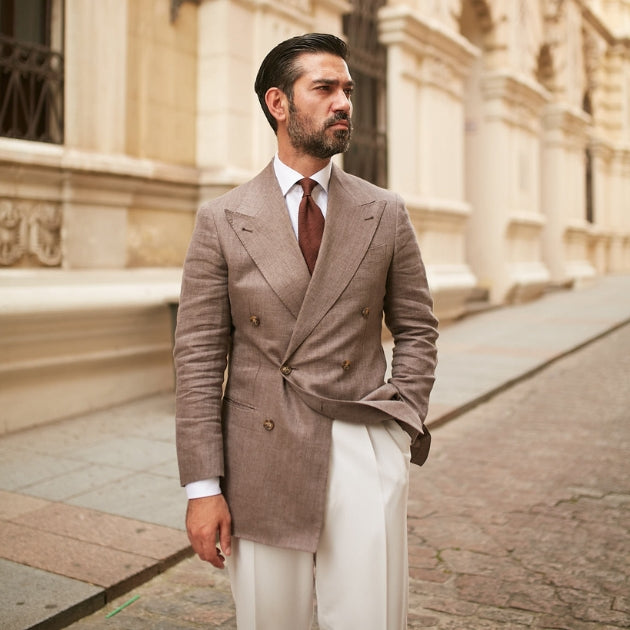


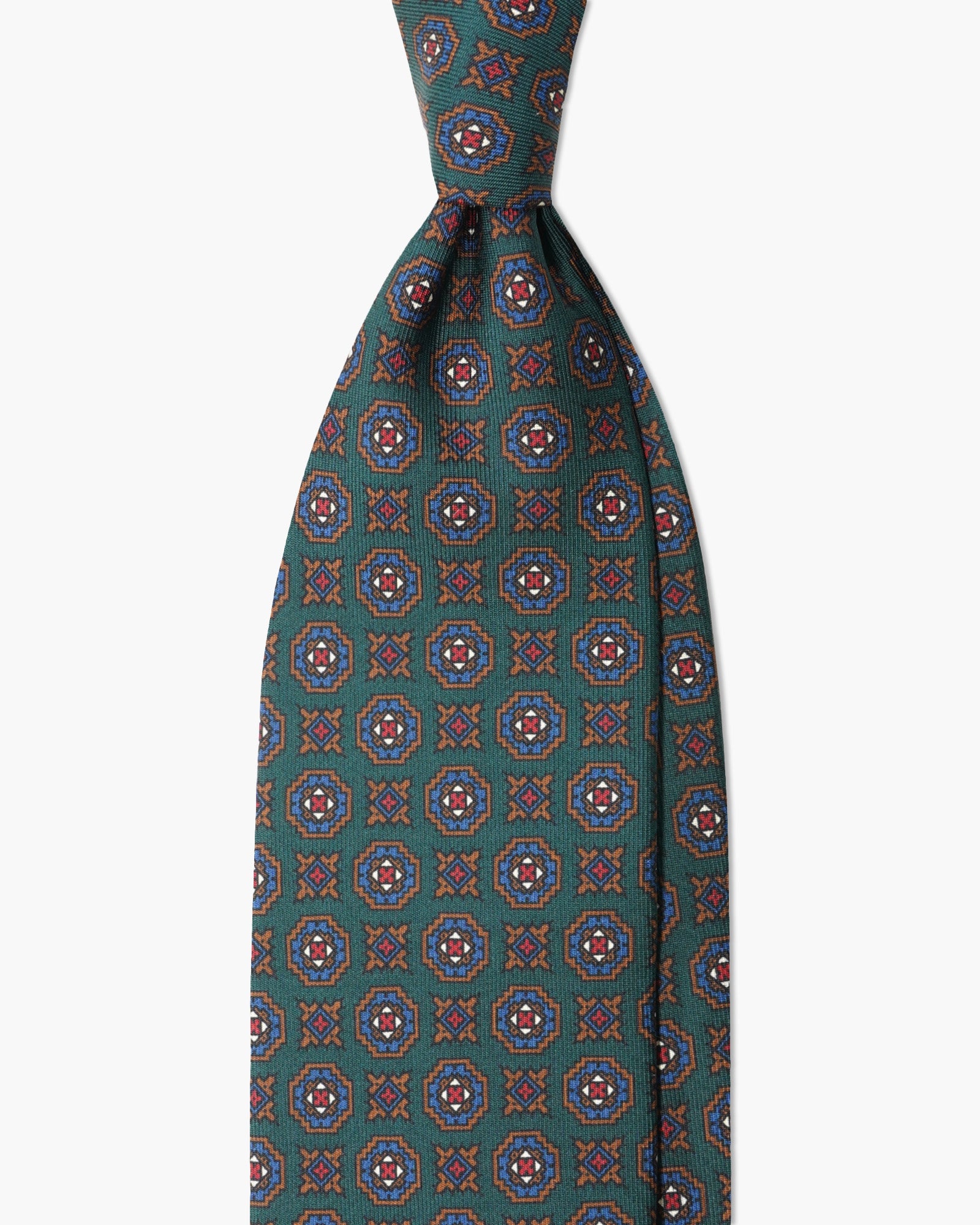

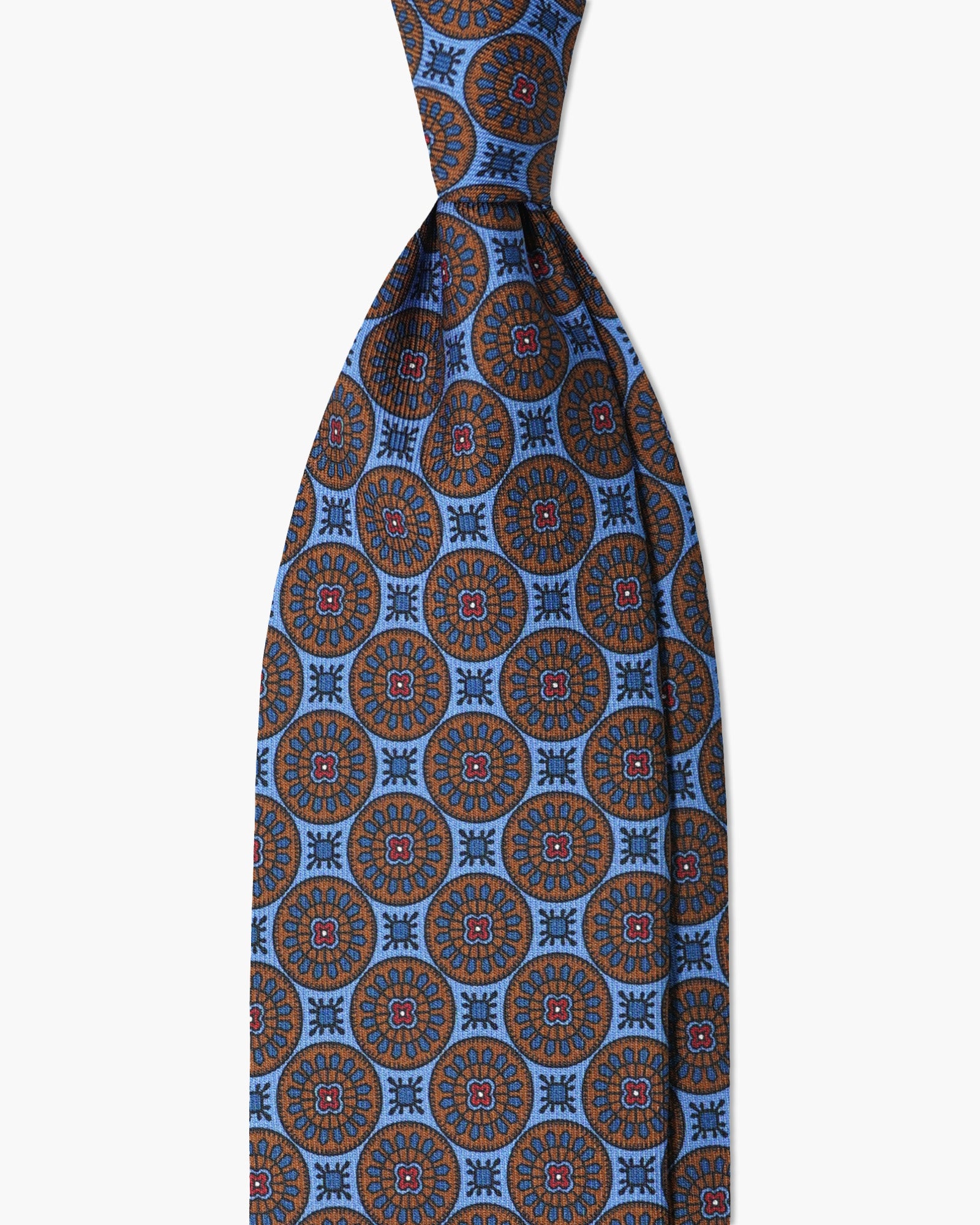

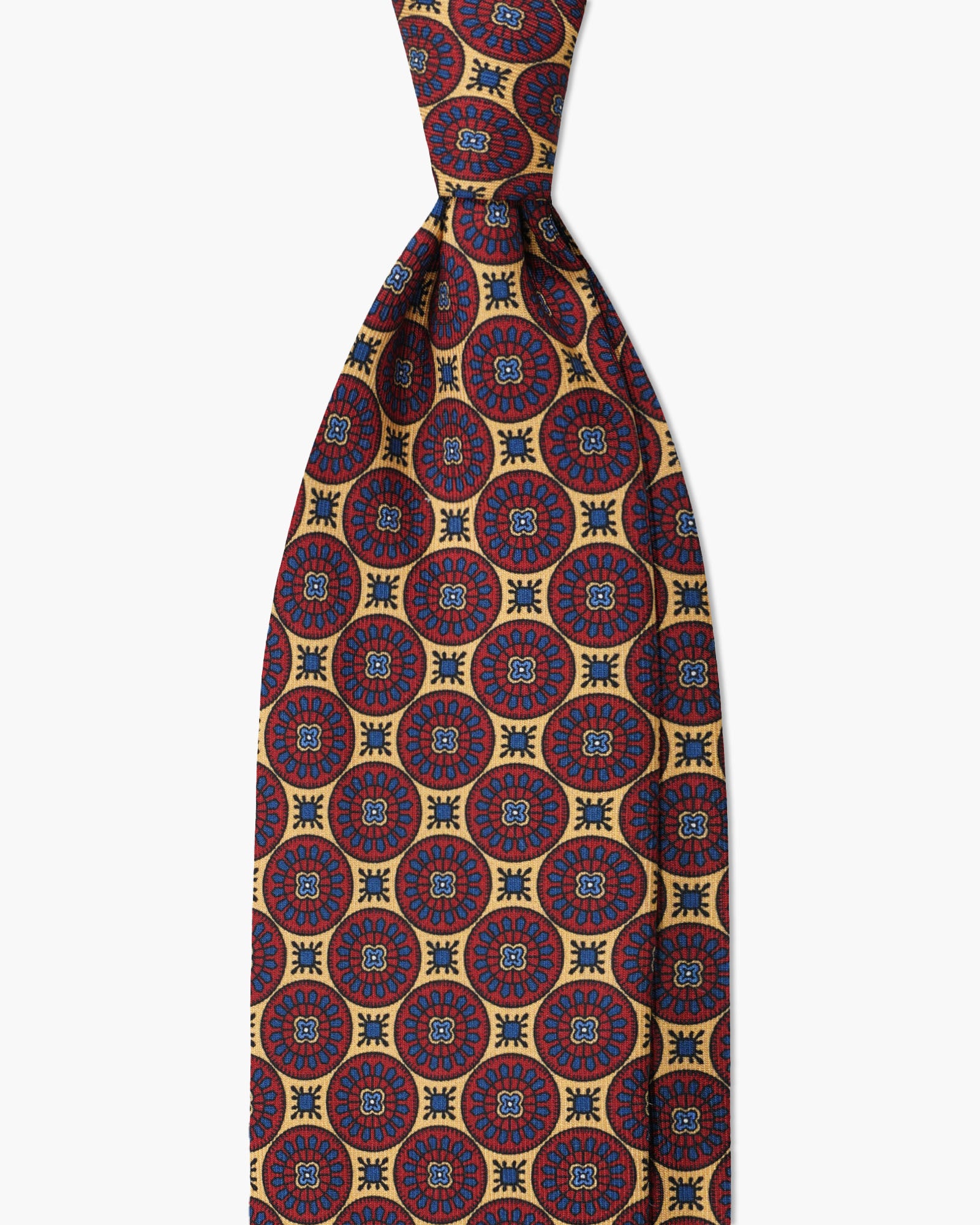




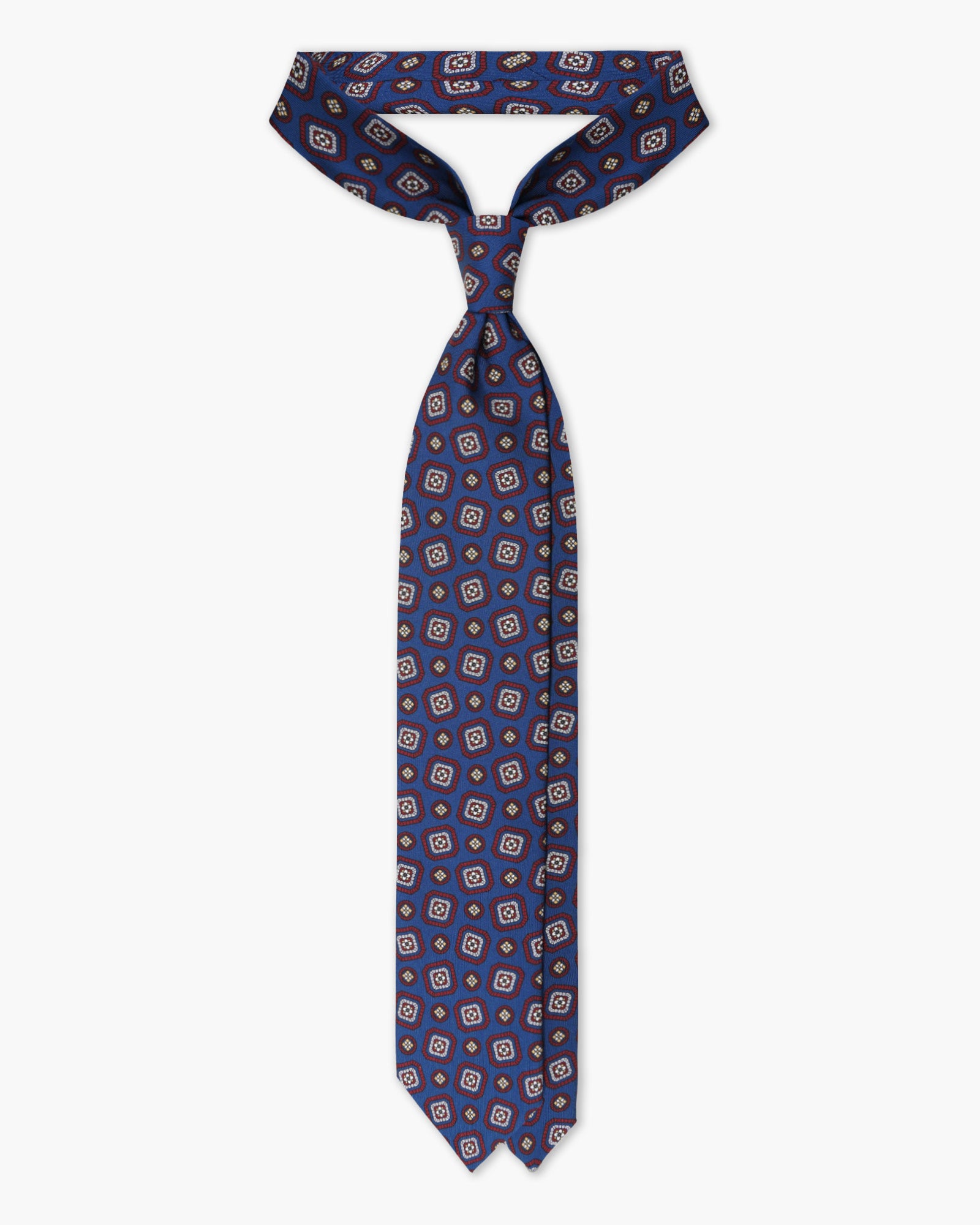
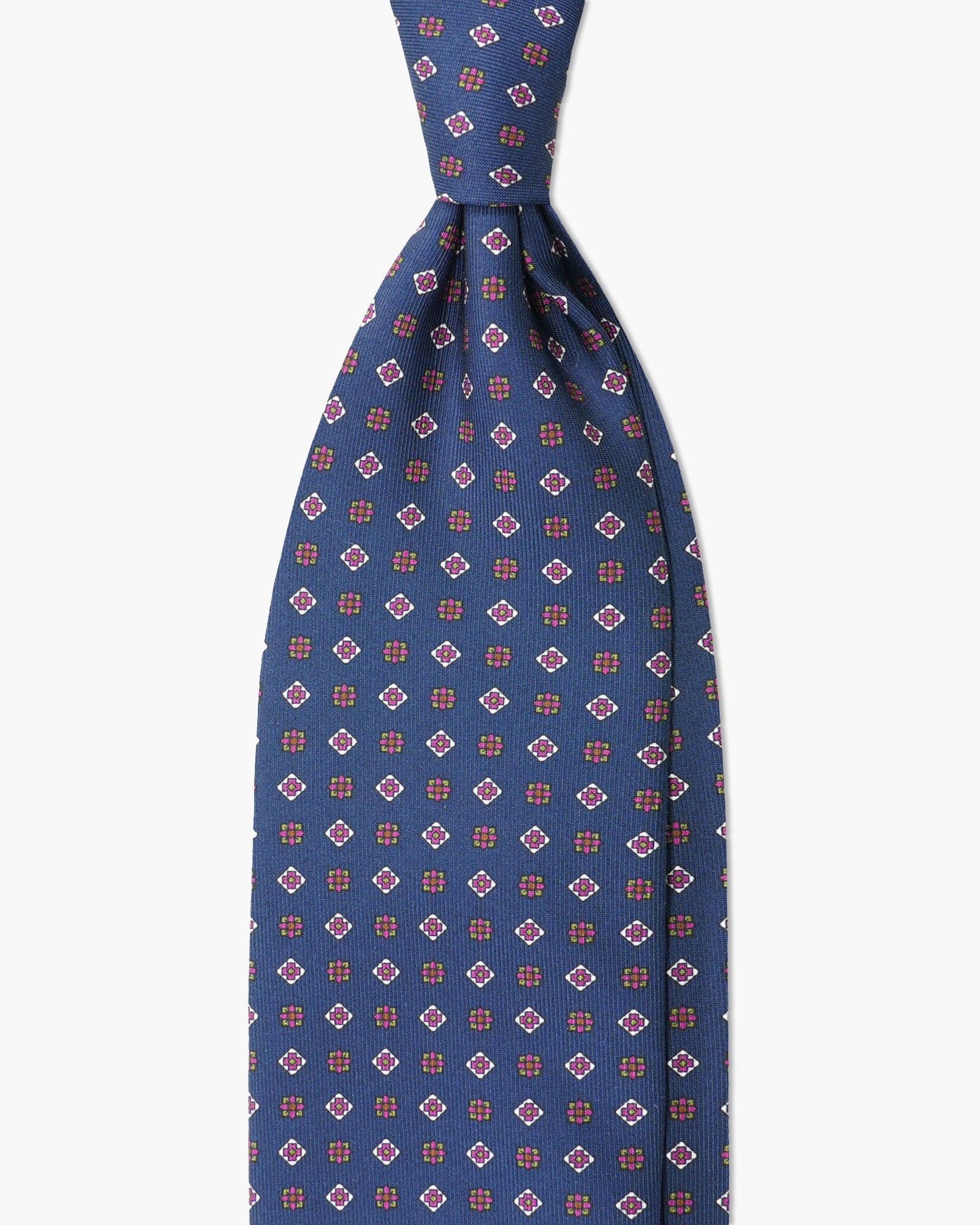

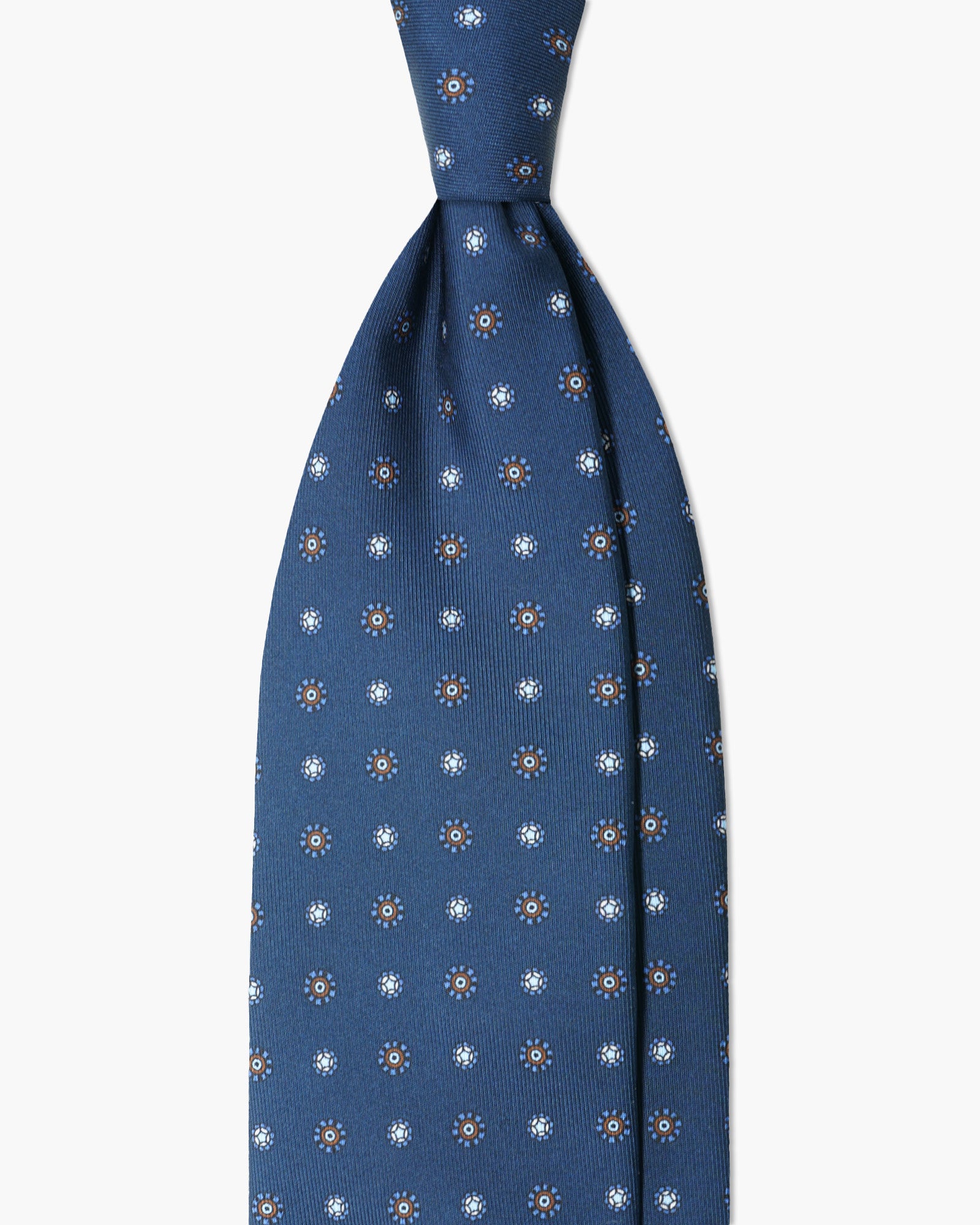



Leave a comment
This site is protected by hCaptcha and the hCaptcha Privacy Policy and Terms of Service apply.